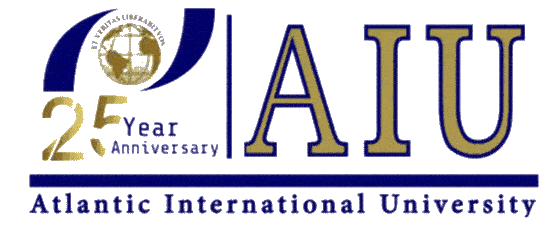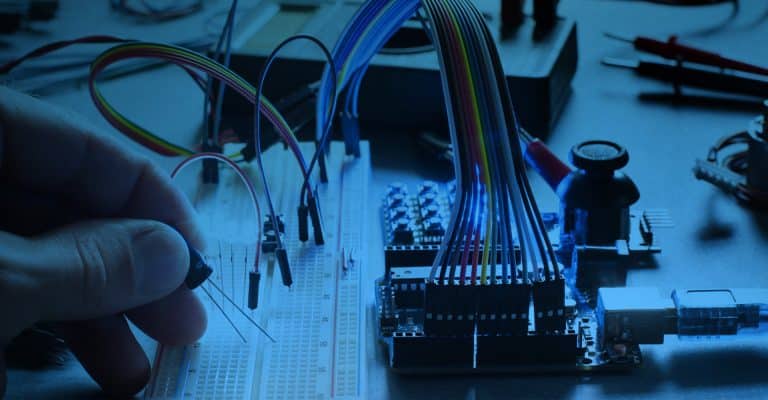Teacher Professional Development and Leadership: Elevating Educational Excellence
April 22, 2024 2024-04-22 9:54Teacher Professional Development and Leadership: Elevating Educational Excellence

Teacher Professional Development and Leadership: Elevating Educational Excellence
In the evolving landscape of education, teacher professional development and leadership play pivotal roles in enhancing instructional quality and student achievement. As educational demands shift, the need for teachers to continuously update their skills and embrace leadership roles becomes increasingly critical. This article explores the importance of professional development and leadership in teaching, effective strategies for growth, and the impact these elements have on school success.
The Importance of Professional Development
Professional development for teachers is not just about attending workshops or training sessions; it’s a continuous learning process that extends throughout a teacher’s career. Effective professional development helps teachers keep up with the latest educational research, technological advancements, and pedagogical strategies. It ensures that educators are not just maintaining their skills but enhancing them to provide the best possible education for their students.
Leadership in Education
Leadership within the realm of education extends beyond administrative roles like principals or department heads. Teachers themselves are increasingly recognized as leaders within their classrooms, schools, and communities. Teacher leadership involves influencing peers, championing student success, and driving school-wide initiatives to improve education. It can take many forms, from mentoring novice teachers to leading professional learning communities or advocating for policy changes.
Strategies for Effective Professional Development and Leadership
- Ongoing Learning Opportunities: Effective professional development should be ongoing and responsive to both the needs of the teachers and the demands of the school environment. This could include seminars, workshops, conferences, as well as informal learning opportunities within the school.
- Collaborative Learning Environments: Encouraging teachers to work in teams or communities of practice fosters an environment of collaborative professional growth. This method allows for the sharing of best practices and collective problem-solving.
- Leadership Training: Providing specific training that focuses on leadership skills can equip teachers with the tools needed to take initiative and lead effectively. This might include conflict resolution, project management, or strategic planning.
- Peer Coaching and Mentoring: Establishing a system of peer coaching or mentoring can support both novice and experienced teachers. Experienced teachers can guide their less experienced colleagues, providing feedback and support that improves teaching practices across the board.
- Research and Reflection: Encouraging teachers to engage in action research or reflective practice can help them critically assess their teaching methods and make informed decisions about how to improve their effectiveness.
The Impact of Professional Development and Leadership
Schools that prioritize teacher professional development and leadership often see substantial benefits:
- Improved Teaching Quality: Continuous professional development keeps teachers at the forefront of educational research and practice, directly enhancing teaching quality and student outcomes.
- Increased Teacher Retention: Teachers who have opportunities for growth and leadership are more likely to be satisfied with their careers and stay in their positions longer.
- Enhanced School Culture: Teacher leaders play a crucial role in shaping a positive school culture that promotes student engagement and success. They set professional standards for their colleagues and contribute to a supportive and dynamic learning environment.
- Innovative Practices: Teachers who are trained in leadership and professional development are more likely to implement innovative teaching practices and technologies in their classrooms.
Conclusion
Investing in teacher professional development and leadership is essential for the success of modern educational institutions. It not only enhances teacher performance but also positively impacts the entire school community. By fostering an environment where professional growth and leadership are valued, schools can ensure that they offer the best possible education to their students while also preparing them for the challenges of the future.
Popular Tags

















